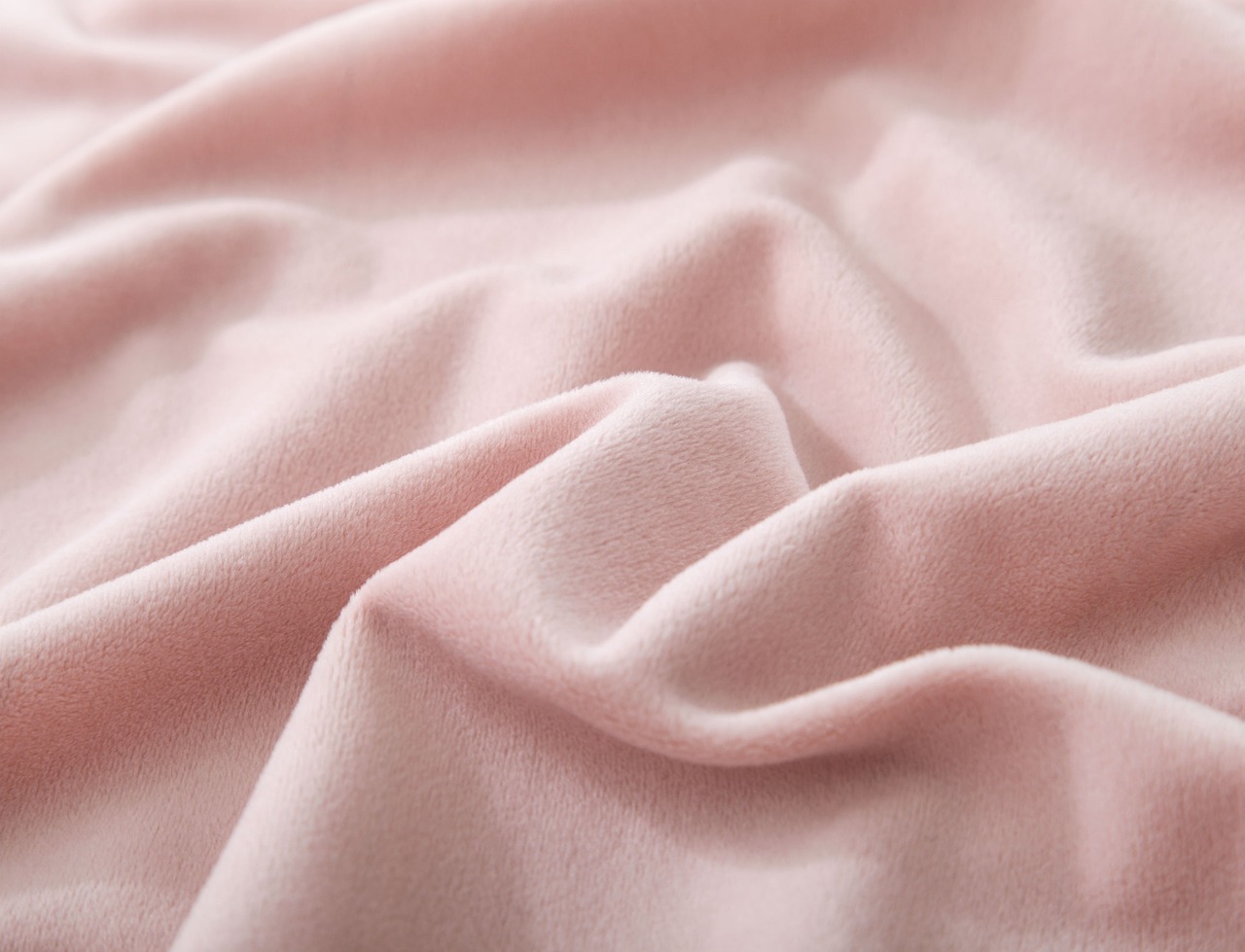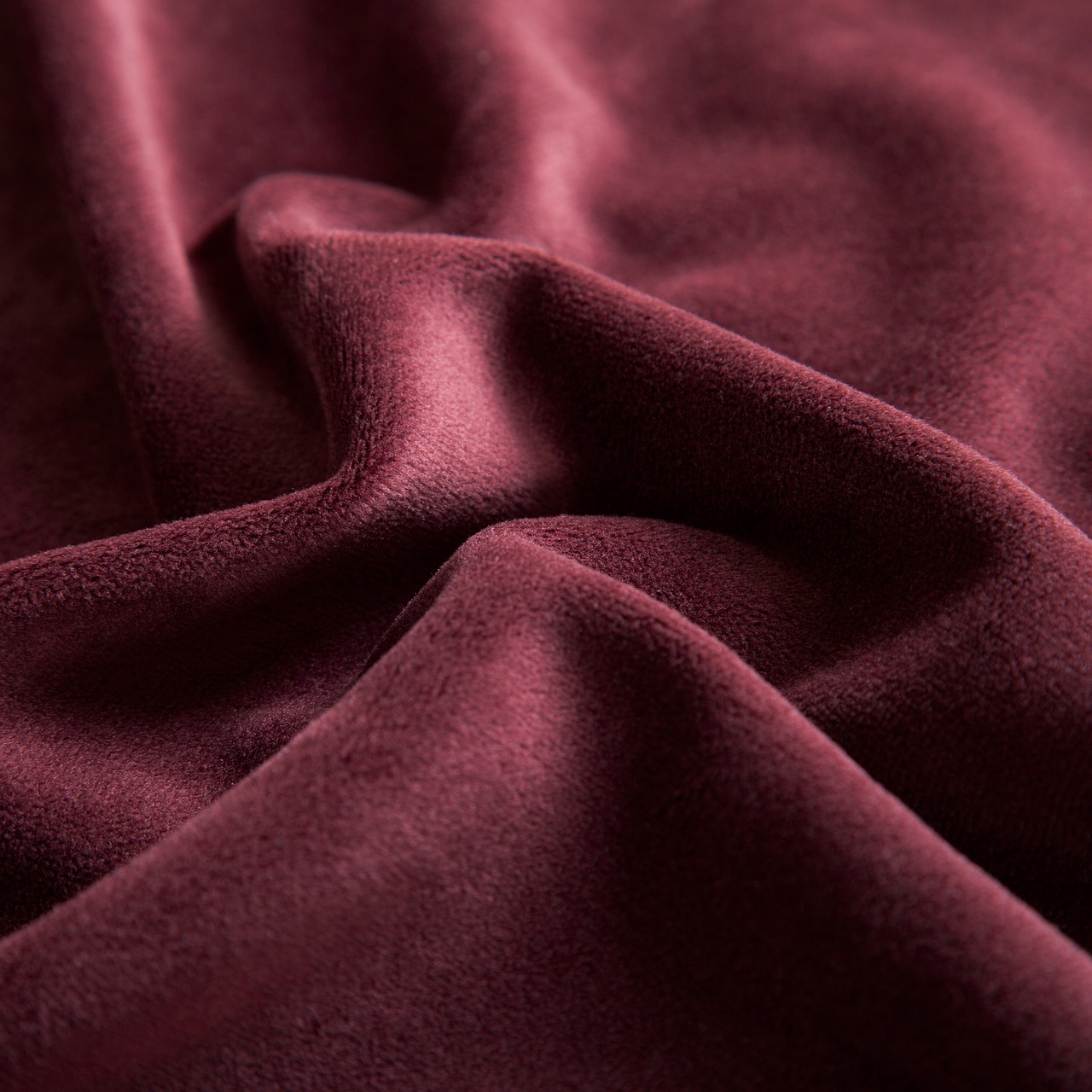The Black Velvet Alocasia is a stunning plant known for its dark, velvety leaves and unique variegation. To care for this striking collector’s item, provide bright indirect light, maintain high humidity, and water when the top inch of soil dries out. Regularly monitor for pests to keep your plant healthy and thriving.
The Black Velvet Alocasia, also known as Alocasia reginula, is a popular choice among houseplant enthusiasts and collectors. Its lush, dark green leaves with striking white veins create an eye-catching contrast that makes it a must-have for any indoor garden. This plant is native to Southeast Asia, where it grows in the tropical rainforests under the canopy. The unique appearance and relatively manageable care requirements contribute to its growing popularity.
One of the appealing features of the Black Velvet Alocasia is its adaptability to indoor environments. With proper care, this plant can thrive in your home, adding a touch of exotic beauty to your space. Understanding its specific needs helps ensure that your plant remains healthy and vibrant.
Understanding Black Velvet Alocasia Care Requirements

Caring for Black Velvet Alocasia involves meeting its needs in terms of light, water, humidity, and temperature. Each of these factors plays a vital role in the overall health of your plant. Here is a breakdown of its essential care requirements:
- Light: The Black Velvet Alocasia thrives in bright, indirect light. Direct sunlight can scorch its leaves, while too little light may hinder growth. A north or east-facing window is ideal.
- Water: This plant prefers well-draining soil. Water the plant when the top inch of soil feels dry. Overwatering can lead to root rot, so it is essential to ensure proper drainage.
- Humidity: High humidity levels are crucial for the Black Velvet Alocasia. Aim for at least 60% humidity. You can achieve this by misting the leaves, using a pebble tray, or placing a humidifier nearby.
- Temperature: Ideal temperatures range from 65°F to 80°F (18°C to 27°C). Protect your plant from cold drafts or sudden temperature changes.
In addition to these basic care requirements, understanding the unique characteristics of the Black Velvet Alocasia can further enhance your experience as a collector.
Unique Characteristics of Black Velvet Alocasia
The Black Velvet Alocasia boasts several distinctive features that set it apart from other houseplants. These characteristics not only contribute to its aesthetic appeal but also influence care practices.
| Characteristic | Description |
|---|---|
| Leaf Texture | The leaves have a velvety texture that feels soft to the touch. |
| Leaf Color | Dark green leaves with striking white veins create a dramatic appearance. |
| Growth Habit | It grows upright and can reach about 12-24 inches in height. |
These unique traits make the Black Velvet Alocasia not only beautiful but also a rewarding challenge for collectors who want to showcase their plant care skills. Recognizing these characteristics allows you to tailor your care approach effectively.
As you embark on your journey with the Black Velvet Alocasia, remember that patience and attention to detail are key. Each plant is unique, and observing how yours responds to various conditions will help you refine your care techniques over time.
Soil Requirements for Black Velvet Alocasia
The right soil is crucial for the health of your Black Velvet Alocasia. The plant thrives best in a well-draining mix that retains some moisture without becoming waterlogged. Here are some key components to consider when choosing or creating the perfect soil mix:
- Potting Mix: Use a high-quality potting mix as the base. Look for mixes that are lightweight and airy.
- Coconut Coir: This organic material helps retain moisture while providing good drainage, making it an ideal addition.
- Pearlite or Pumice: Adding pearlites or pumice improves aeration and drainage. These materials prevent the soil from compacting over time.
- Orchid Bark: Incorporating orchid bark can enhance drainage and create a more textured soil environment.
When mixing these components, aim for a ratio that ensures both moisture retention and drainage. A suggested mix could be:
- 40% potting mix
- 30% coconut coir
- 20% perlite or pumice
- 10% orchid bark
This combination allows the roots of your Black Velvet Alocasia to breathe while still maintaining the moisture they require for optimal growth.
Watering Practices for Black Velvet Alocasia
Watering is one of the most critical aspects of caring for your Black Velvet Alocasia. This plant prefers to be kept moist but not soggy. Here are some guidelines to help you establish effective watering practices:
- Check Soil Moisture: Before watering, always check the top inch of the soil. If it feels dry, it is time to water.
- Watering Technique: Water thoroughly until excess water drains from the bottom of the pot. This ensures that the entire root system receives adequate moisture.
- Avoid Standing Water: Never let your plant sit in standing water. This can lead to root rot, which is detrimental to your plant’s health.
- Seasonal Adjustments: Adjust your watering frequency based on the seasons. During the growing season (spring and summer), your plant may require more frequent watering, while in winter, reduce the frequency.
Humidity Needs for Black Velvet Alocasia
The Black Velvet Alocasia thrives in high humidity environments, mimicking its native tropical habitat. Maintaining the right humidity levels is vital for healthy growth. Here are some effective strategies to increase humidity around your plant:
- Misting: Regularly mist the leaves to provide extra moisture. This practice not only increases humidity but also helps remove dust from the leaves.
- Pebble Tray: Place a tray filled with pebbles and water under the pot. As the water evaporates, it will create a humid microclimate around the plant.
- Humidifiers: Using a room humidifier can significantly increase humidity levels, especially in dry indoor environments.
- Grouping Plants: Grouping several plants together can create a more humid atmosphere. As plants transpire, they release moisture into the air.
Monitoring humidity levels with a hygrometer can help you ensure that your Black Velvet Alocasia receives the optimal conditions for thriving.
Pest Management for Black Velvet Alocasia
Pests can be a significant concern for indoor plants, including the Black Velvet Alocasia. Regular monitoring and prompt action are essential to keep these pests at bay. Here are some common pests to watch out for and strategies for managing them:
- Spider Mites: These tiny pests thrive in low humidity. They can cause stippling on leaves. Increase humidity levels and use insecticidal soap or neem oil for control.
- Aphids: These small green insects feed on sap and can lead to leaf curl. Remove them by washing the leaves with water or using insecticidal spray.
- Mealybugs: Look for cotton-like clusters on leaves and stems. Remove them by hand or treat with alcohol-soaked cotton swabs.
- Scale Insects: These pests appear as small bumps on stems and leaves. They can be removed with a soft brush or cloth soaked in soapy water.
Regularly inspecting your plant and keeping it clean will help prevent pest infestations. If you notice any signs of pests, act quickly to minimize damage and keep your Black Velvet Alocasia healthy.

2>Fertilizing Black Velvet Alocasia
Fertilizing your Black Velvet Alocasia is essential for promoting healthy growth and vibrant foliage. Proper nutrition helps the plant thrive, especially during its active growing season. Here are some important points to consider regarding fertilization:
- Frequency: Fertilize your Black Velvet Alocasia every 4-6 weeks during the growing season, which typically runs from spring to early fall. During the winter months, reduce or cease fertilization, as the plant’s growth slows.
- Type of Fertilizer: Use a balanced liquid fertilizer with an N-P-K (Nitrogen, Phosphorus, Potassium) ratio of around 20-20-20 or a specialized indoor plant fertilizer. Dilute the fertilizer to half strength to avoid over-fertilizing, which can damage the roots.
- Application Method: Water the plant before applying fertilizer. This helps prevent root burn. Apply the diluted fertilizer directly to the soil and avoid getting it on the leaves.
- Signs of Nutrient Deficiency: Watch for signs that your plant may need more nutrients. Yellowing leaves or slow growth could indicate a lack of nitrogen, while dark green leaves with brown tips might suggest excess fertilizer.
Repotting Black Velvet Alocasia
Repotting your Black Velvet Alocasia is necessary to ensure it has enough space for growth and access to fresh soil. Here’s a guide on when and how to repot:
- Timing: Repot your plant every 1-2 years or when you notice the roots are growing out of the drainage holes. The best time for repotting is during the spring when the plant is actively growing.
- Choosing a New Pot: Select a pot that is one size larger than the current pot. Ensure it has drainage holes to prevent water accumulation.
- Steps for Repotting:
- Water the plant a day before repotting to make it easier to remove from the pot.
- Gently remove the plant from its current pot by loosening the soil around the edges.
- Examine the roots for any signs of rot. Trim any unhealthy roots with sterile scissors.
- Add fresh potting mix to the bottom of the new pot before placing the plant inside.
- Fill in around the sides with more potting mix and water thoroughly.
Pruning and Maintenance
Reg

ular pruning and maintenance are vital for keeping your Black Velvet Alocasia healthy and attractive. Here are some tips on how to effectively care for your plant:
- Removing Dead Leaves: Trim away any yellow or dead leaves to promote new growth and improve air circulation. Use clean scissors to avoid introducing diseases.
- Controlling Size: If your plant becomes too large or leggy, prune it back to encourage bushier growth. Cut back stems just above a leaf node.
- Cleaning Leaves: Dust can accumulate on the leaves, hindering photosynthesis. Wipe the leaves gently with a damp cloth or give them a light shower to keep them clean.
Common Issues and Solutions
Car

ing for a Black Velvet Alocasia can be rewarding, but you may encounter some common issues along the way. Here are a few problems you might face and how to resolve them:
- Leaf Yellowing: This can result from overwatering, underwatering, or nutrient deficiencies. Check the soil moisture and adjust your watering schedule accordingly. Consider fertilizing if nutrient deficiency is suspected.
- Browning Leaf Edges: Typically caused by low humidity or inconsistent watering. Ensure you maintain adequate humidity levels and water consistently.
- Pest Infestation: As previously mentioned, pests like spider mites and aphids can harm your plant. Regular inspections and prompt treatment are essential for keeping infestations under control.
By staying vigilant and addressing issues promptly, you can ensure that your Black Velvet Alocasia remains healthy and continues to flourish as part of your collection. Each challenge presents an opportunity to improve your plant care skills and deepen your understanding of this beautiful species.
To further enhance your experience with the Black Velvet Alocasia, it is valuable to consider some additional aspects of care. One important factor is understanding the seasonal changes that can affect plant growth. During the spring and summer months, the plant is in its active growing phase, and it will require more attention regarding watering and fertilization. Conversely, as the fall approaches and winter sets in, growth slows down, and the plant may need less water and no fertilizer at all.
Another aspect to consider is the potential for propagation. While Black Velvet Alocasia can be challenging to propagate, it is not impossible. The most common method is through division. Here’s a brief guide on how to successfully propagate your plant:
- Timing: The best time to propagate is during the spring when the plant is actively growing.
- Removing the Plant: Gently remove the plant from its pot and inspect the root system.
- Dividing Roots: Carefully separate the roots into sections. Each section should have at least one healthy leaf and a good root system.
- Replanting: Plant each division in its own pot with fresh potting mix. Water lightly to settle the soil around the roots.
Propagation can be a rewarding way to expand your collection or share with fellow collectors. Remember to treat each new plant with care as they establish themselves in their new homes.
Final Thoughts
The Black Velvet Alocasia is more than just a visually stunning plant; it is a testament to the beauty and diversity of houseplants. With its unique velvety leaves and striking variegation, it captures the hearts of collectors and plant enthusiasts alike. By understanding its specific care requirements, you can create an environment that promotes healthy growth and vibrant foliage.
Key takeaways for successful Black Velvet Alocasia care include:
- Provide bright, indirect light to prevent leaf burn.
- Maintain high humidity levels to mimic its natural habitat.
- Use well-draining soil to prevent root rot.
- Regularly monitor for pests and treat promptly.
- Be attentive to seasonal changes in care needs.
Caring for a Black Velvet Alocasia can be a fulfilling journey that provides not only aesthetic pleasure but also a sense of accomplishment as you nurture your plant. With patience and dedication, your Black Velvet Alocasia can thrive, adding a touch of elegance to your indoor space. Embrace the learning process, and enjoy each moment spent caring for this beautiful specimen in your collection.
